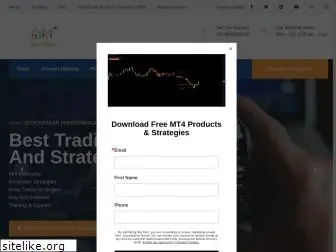
Read about changing your photo tagging settings.įinding friends and people you care about on Twitter can lead to a great experience, and by using your email address or phone number we can help you easily make those connections. You can choose between allowing anyone, just friends, or no one to tag you in photos. Tagging friends in photos can be a great way to stay connected, but you might decide you want your Twitter experience to be more private. Read more about public and protected Tweets. With your Tweets protected, you have control of your Twitter experience: every time someone wants to follow your account, you have the choice to accept or decline their request.Īny accounts that were following you before your Tweets were protected will continue to follow you (which means you will not have to approve them again), but you can stop them from following you by blocking them. Protecting your Tweets means your Tweets will only be visible to your followers.
#AMIFEED TWITTER HOW TO#
Read more about how to control the media you see in Tweets. Your settings default is to provide the warning, but you can change the setting at any time. Your Privacy and safety settings include Tweet media options, if you decide that you want to see a warning over media in Tweets that may contain sensitive content. Read more what you can report to Twitter.

You can access this option from the icon in a Tweet. Submitting a report will take a few steps, but your report will help us make Twitter a better place for everyone. Some of the violations you can report include: abuse, sensitive media, impersonation, and spam. If you think an account or Tweet is in violation of the Twitter Rules or our Terms of Service, tell us about it by reporting the account or Tweet to us. You’ll also stop seeing their Tweets in your timeline.īlocked account may notice you have blocked them if they try to visit your profile or follow you, but they will not receive any notifications that you have blocked them. It can be an effective way to handle unwanted interactions from accounts you do not want to engage with.Īccounts you have blocked will not be able to view your Tweets, following or followers lists, likes, or lists when logged in on Twitter, and you will not receive notifications of mentions directly from those accounts. When you block an account on Twitter, you restrict that account’s ability to interact with your account. You can also mute Tweets that contain particular words, phrases, usernames, emojis, or hashtags. Muting is different than blocking or unfollowing: Accounts you have muted have no way to tell that you are muting them. You can also mute accounts you do not follow so that you don’t see their Tweets in your Notifications timeline.

Muted accounts are not notified that you’ve muted them, and you will still get notifications when they mention you in Tweets and send you Direct Messages. It’s a great way to stay connected with friends, even if you aren’t interested in seeing all of their Tweets. Muting another Twitter account means you will not see that account's Tweets in your timeline.

We may use this information to optimize and tailor your experience in the future. When you mark a Tweet as Show less often, it helps Twitter better understand the types of Tweets that you'd like to see less of in your Home timeline. Read instructions for adjusting your Notifications timeline. If you’re receiving unwanted replies or mentions from accounts you do not follow, you can filter the types of notifications you receive. Your Notifications timeline displays your interactions with other Twitter accounts, such as mentions, likes, Retweets, and who has recently followed you.

You can always follow an account again if you change your mind. Unfollowing is the simplest action you can take to stop seeing someone’s Tweets on your Home timeline. Tap the icon at the top of any Tweet, right from your Home timeline, to quickly access options like unfollow, mute, block, report, and more. We make it easy for you to take action on a Tweet.


 0 kommentar(er)
0 kommentar(er)
